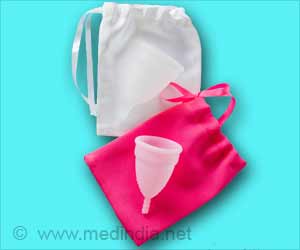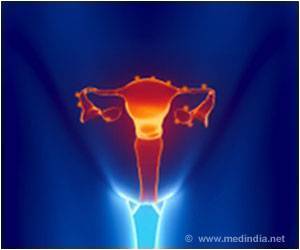A systematic review of the research concerning treatment options for uterine fibroids, which affect most American women over 50.
A systematic review of the research concerning treatment options for uterine fibroids, which affect most American women over 50, reveals surprisingly little evidence to help compare standard treatment recommendations, according to a study. The study was carried out by researchers at the RTI International-University of North Carolina at Chapel Hill Evidence-based Practice Center.
Uterine fibroids are non-cancerous growths of the uterus that may cause heavy menstrual bleeding, pelvic pain, backaches or leg pain and affect 80 percent of black women and almost 70 percent of white women in the United States by age 50."Despite the extent of this condition among American women, surprisingly little research has been conducted to compare standard treatment options," said Meera Viswanathan, Ph.D., the report's lead author and a senior research analyst at RTI International. "Clearly increased emphasis on promoting high-quality fibroid research in the United States is needed to provide women with the information they need and deserve to guide their choices."
In a systematic evidence review, updating the 2001 AHRQ systematic review on the management of uterine fibroids, researchers examined 107 research studies conducted on the topic between 2000 and 2006.
Current uterine fibroid treatment options vary widely in terms of invasiveness and cost. According to the report, little research has been conducted directly comparing the risks and benefits of different treatment options, and few pharmaceutical options for symptom relief have been studied for long-term effectiveness.
"We've come another seven years with a lot of research done on the topic, but it's still not the quality of research you would want," said Katherine Hartmann, M.D., Ph.D., a co-author of the report and former director of the Healthcare Epidemiology Program at the University of North Carolina School of Public Health. "The fact is uterine fibroids are common and we don't know how to tell you whether you'd be better off choosing a uterine artery embolization or a myomectomy because the head-to-head comparison studies are just now being done." Hartmann is now at Vanderbilt University Medical Center.
According to the report, patients who received a uterine artery embolization, a newer, non-surgical treatment that causes the fibroid to shrink, had shorter hospital stays and a more rapid recovery than those who received a hysterectomy or myomectomy (removal of the fibroids without removing the uterus). However, few studies compared complications, long-term symptom relief, or subsequent choice of that procedure with other treatments.
Advertisement
Some evidence also suggested that patients who received a vaginal hysterectomy had shorter hospital stays to those who received an abdominal hysterectomy or laparoscopically assisted vaginal hysterectomy.
Advertisement
"Informed decision making requires well-conducted trials in U.S. populations that directly compare interventions on short- and, especially, long-term outcomes, studies on drug therapies for symptom management, and information on treatment decisions for women who desire a pregnancy," Viswanathan said.
Source-Newswise
SRM







